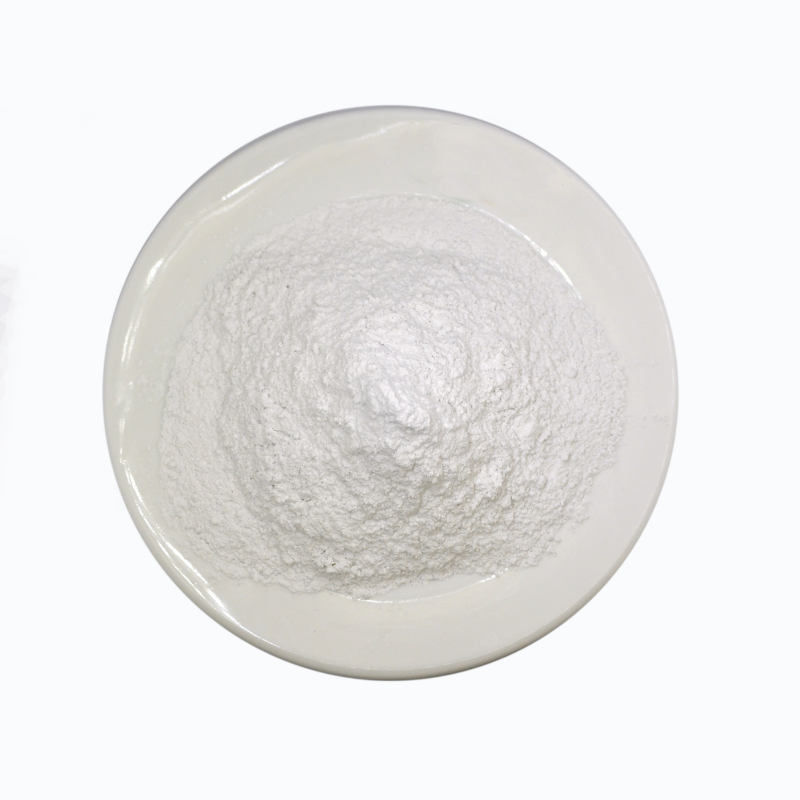
Innovative Applications and Benefits of Atomized Iron Powder in Modern Industries
The Innovative Applications of Atomized Iron Powder
Atomized iron powder plays a crucial role in various industries due to its unique properties and production methods. As a finely divided metal powder obtained through the atomization process, it exhibits remarkable characteristics such as high purity, excellent flowability, and controlled morphology. These qualities make it a sought-after material in applications ranging from metallurgy to additive manufacturing.
What is Atomized Iron Powder?
Atomized iron powder is produced by transforming molten iron into fine particles through a process known as atomization. In this process, molten iron is forced through a nozzle and then subjected to a high-velocity gas or liquid stream, which breaks it into tiny droplets. Upon cooling, these droplets solidify into a fine powder. The uniform particle size and shape obtained during atomization contribute significantly to the powder's performance in various applications.
Advantages of Atomized Iron Powder
The use of atomized iron powder offers several advantages over traditional forms of iron. Firstly, the fine particle size allows for efficient mixing with other materials, leading to improved homogeneity in the final product. Secondly, the high purity of atomized iron, typically above 99%, minimizes contamination, making it ideal for applications that require stringent quality standards.
Moreover, the controlled morphology of the powder enables manufacturers to tailor properties such as density and flow characteristics. This flexibility allows for customization in powder metallurgy (PM) processes, where different component designs demand specific material properties. Additionally, atomized iron powder's excellent flowability and compressibility result in consistent packing densities, essential for producing high-quality sintered parts.
Applications in Powder Metallurgy
In the field of powder metallurgy, atomized iron powder is extensively used to manufacture various components, including gears, bearings, and structural parts. The PM process comprises mixing iron powder with binders and additives, compacting the mixture into desired shapes, and then sintering to achieve the final product density and properties.
atomized iron powder

One of the significant advantages of using atomized iron powder in PM is the ability to produce complex geometries with minimal waste
. Traditional machining processes may result in significant material wastage, while PM allows for near-net-shape manufacturing, reducing both cost and time in production.Role in Additive Manufacturing
In recent years, additive manufacturing (AM), or 3D printing, has gained considerable traction across diverse industries, and atomized iron powder is at the forefront of this revolution. Its fine particle size is particularly advantageous for metal 3D printing technologies like selective laser melting (SLM) and electron beam melting (EBM).
Using atomized iron powder in AM allows for the creation of intricate parts that would be challenging or even impossible to manufacture using conventional techniques. Furthermore, the powder's quality directly impacts the mechanical properties of the printed components. Through careful control of the powder characteristics, manufacturers can ensure that the final products exhibit superior strength and durability.
Environmental Benefits
The environmental implications of using atomized iron powder are also noteworthy. The PM process, combined with recycling techniques for powder recovery, leads to reduced waste generation. Additionally, utilizing atomized iron in AM optimizes resource consumption, as components can be produced layer by layer, minimizing excess material.
Conclusion
Atomized iron powder represents a vital material in modern manufacturing across various sectors. Its outstanding properties, derived from the atomization process, make it invaluable in powder metallurgy and additive manufacturing. As industries continue to evolve and seek innovative solutions, the significance of atomized iron powder is expected to grow. It will pave the way for advancements in material science, enabling manufacturers to push the boundaries of design and engineering while also contributing to more sustainable production methods. As research continues to explore its full potential, atomized iron powder is poised to remain at the cutting edge of technological progress.
Share
-
Premium Resin Coated Sand - High Heat Resistance CastingNewsJul.31,2025
-
High Quality Silicon Carbide Grit for Abrasive ApplicationsNewsJul.30,2025
-
High-Quality Ceramsite for Plants & Gardening | Lightweight PebblesNewsJul.29,2025
-
Premium Burgundy Glass Marbles for Vases & Shooter GamesNewsJul.29,2025
-
High Purity Quartz Sand for Industrial and Ground ApplicationsNewsJul.29,2025
-
High-Quality Barite Powder for Drilling & Industrial UseNewsJul.29,2025






